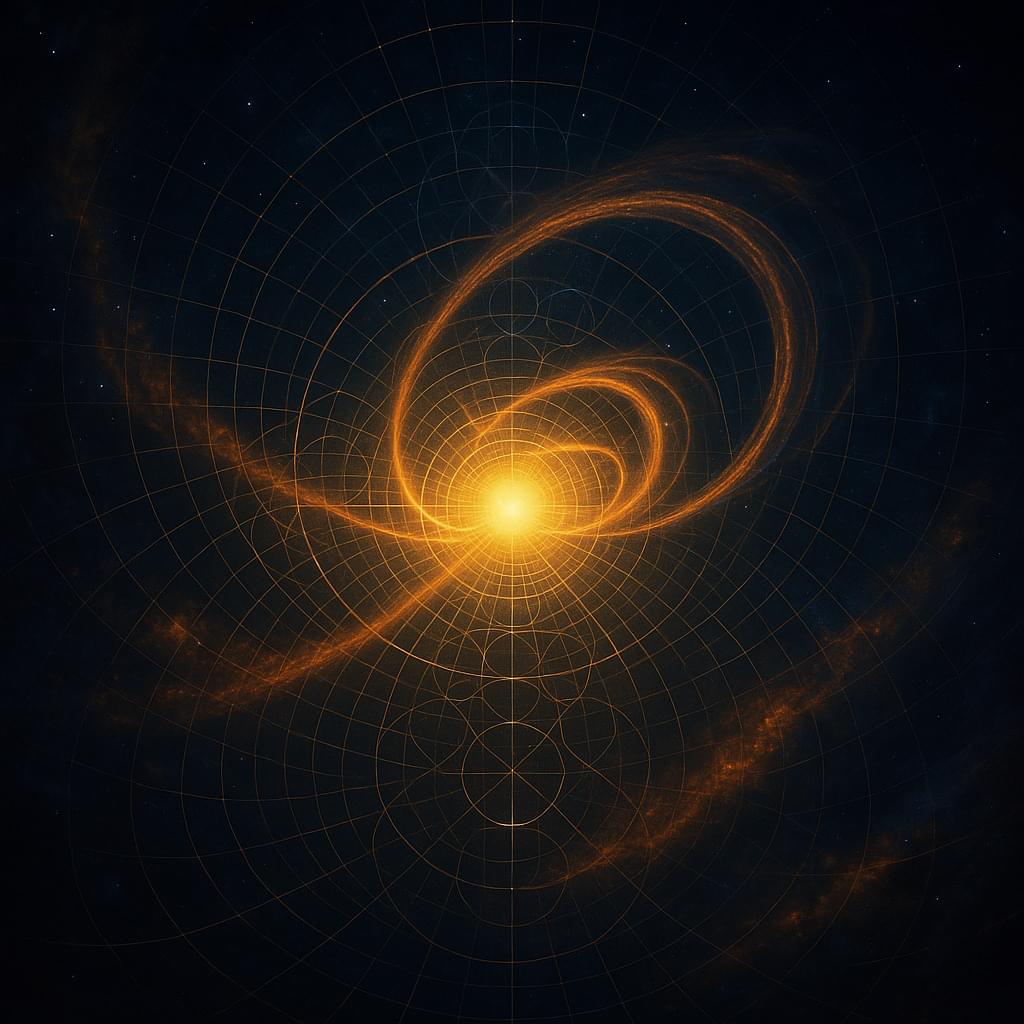We live at a time when humanity has never experienced such a rapid pace of change. We’re in the midst of unprecedented technological change, cultural change, political change, and philosophical change.
Some observers predict that the pace of change will slow down, but others anticipate that it will in fact increase — largely due to artificial intelligence leaping forward in capability, to the point where it exceeds human cognitive capabilities in every dimension.
How credible is such a possibility? How should humanity prepare for it? What values should guide us in our reactions and proactions to various new opportunities and potential threats that seem to be emerging almost daily?
The guest in this London Futurists webinar, Ben Goertzel, has arguably thought longer, harder, more creatively, and more boldly, about these questions, than anyone else on the planet. But he’s not just a thinker; Ben is very much also a doer — an organiser, an entrepreneur, an architect, an engineer, and a leader of too many initiatives to mention them all individually.
But let’s briefly highlight:
• Ben’s role as the long-time champion of the concept of AGI, artificial general intelligence;
• his role as the founder and leader of SingularityNET, with its mission to create a decentralized, democratic, inclusive and beneficial AGI;
• his leadership roles at Humanity+, the international transhumanist organisation, where he has served since 2008 as either Vice Chair or Chair;
• and his commitment to the writing and publication of mind-expanding ideas, such as his 2010 book \.



